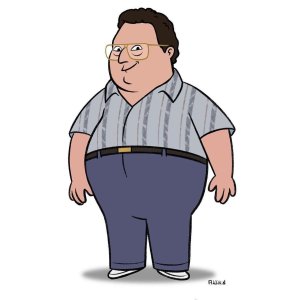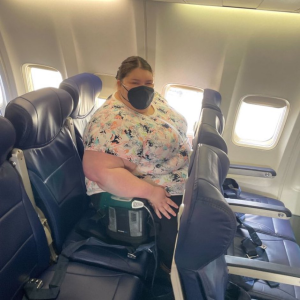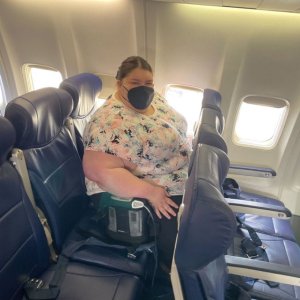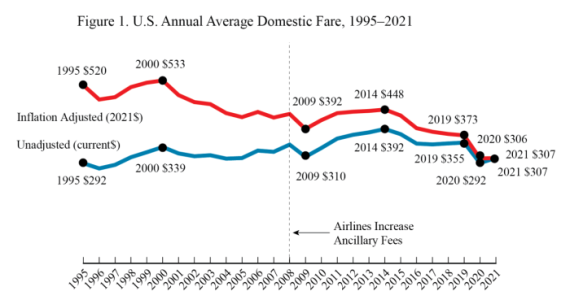- Aug 20, 2001
- 29,035
- 64,023
Again - I agree with the last part and that seats have gotten less wide as you mentioned but you simply aren’t adding a significant amount of seats that way. Seats are generally smaller in more narrow parts of the fuselage (front and back) so you can stick some there in lieu of lavatories or larger lavatories but as you semi-acknowledged and as I stated, it’s mostly going to be a function of pitch.In 1985 none of the main four US carriers offered a seat less than 19 inches wide.
Since the 1990s, the width of most airplane seats shrunk from 18 inches to 16 inches, and the distance between seat backs decreased from 35 inches to sometimes less than 28.
Smaller seats = More seats per plane, train, or bus = lower cost per seat:

I'm old enough to remember flying on Pan Am in the 80s as a kid.
Today's flying experience is more like a Greyhound bus with wings by comparison.
And the 28 inch pitch you mentioned is utilized by low cost carriers so you are kind of getting what you pay for anyway. AA talked about going down to 29” and there was a major uproar so they stuck with 30” but 32” like in the Southwest configuration is tons of space in this day and age




































